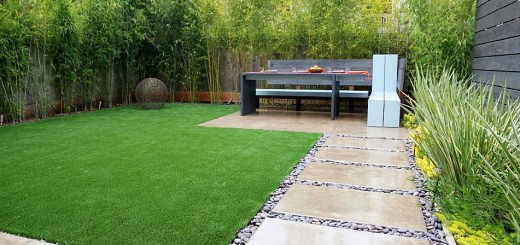The Most Frequent Fence Materials With Their Advantages and Disadvantages
When replacing your fence you mostly want something that will last longer. You would also like it to look good, offer you privacy, be low maintenance and maybe environmental friendly. Here are the most frequent fence materials used at present, with their pros and cons.
Wood
It looks good and allows a great freedom of choice for the design. It also allows you to choose a more natural look or the finished look by applying stain or paint.
It’s nevertheless pretty vulnerable to weather conditions and pests. The price is not small and, even if it’s natural, it’s not so eco-friendly, involving forest exploitation, and treatment with chemicals.
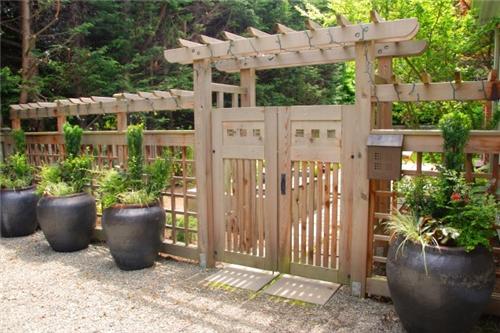
The most frequent fence materials. Wrought iron
Your wrought iron fence will be strong and durable, but you need to examine it regularly and do some maintenance work, because it rusts easily if scratched.
You won’t have too much privacy, but you will have a traditional, elegant fence around your property.
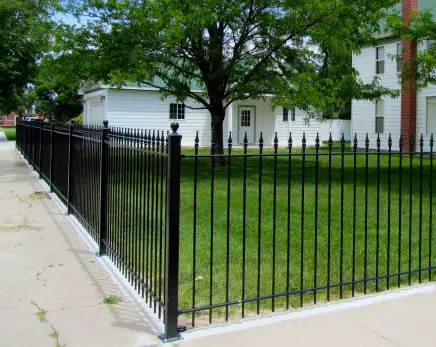
Aluminium
It’s used as an alternative to wrought iron, offering durability, even if it’s not as strong. Its great advantage is it doesn’t rust. It’s also available in a diversity of patterns to suit many designs and a great match for modern architecture.
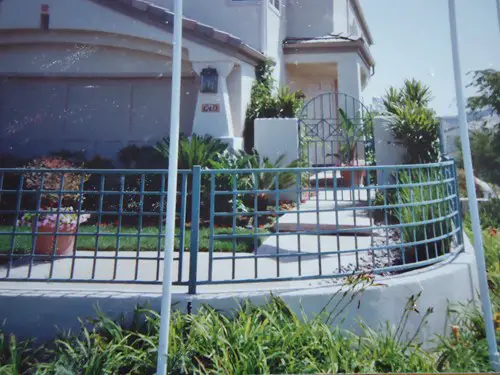
The most frequent fence materials. Chain link
It’s strong, long lasting, but not very attractive visually. It’s more of an option for sports courts, industrial buildings or dog areas.
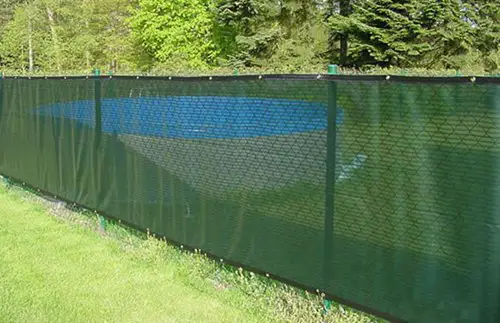
Vinyl
It’s a reliable material for a fence, that will last 10 years or more looking the same, provided you choose good quality material. Low grade vinyl is vulnerable to degradation from exposure to high UV light and extreme temperatures. It isn’t available in too many colors, but it can be adapted to different architectural styles.
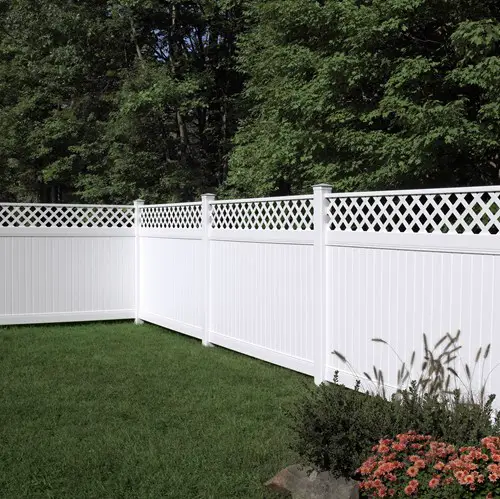
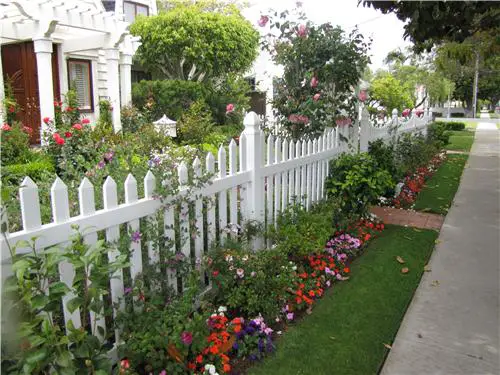
Credits: landscapingnetwork.com
